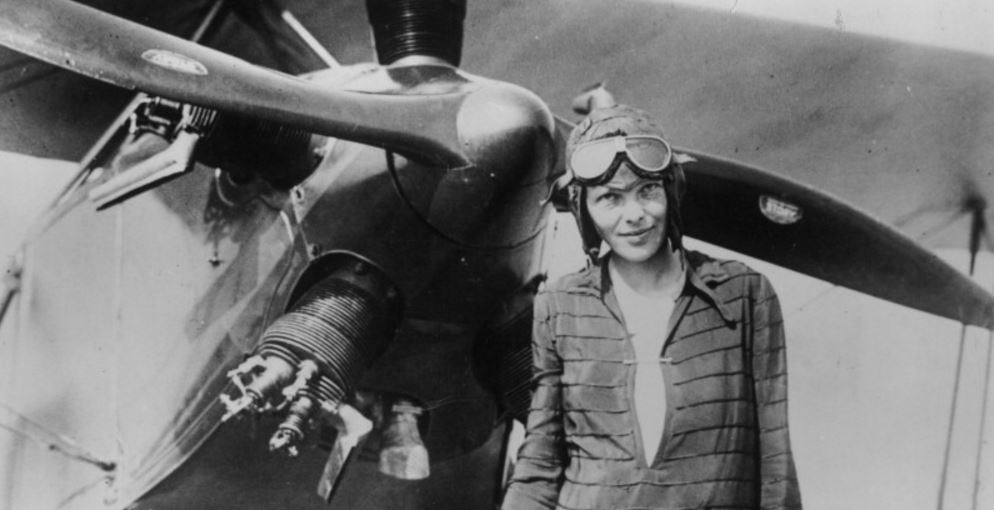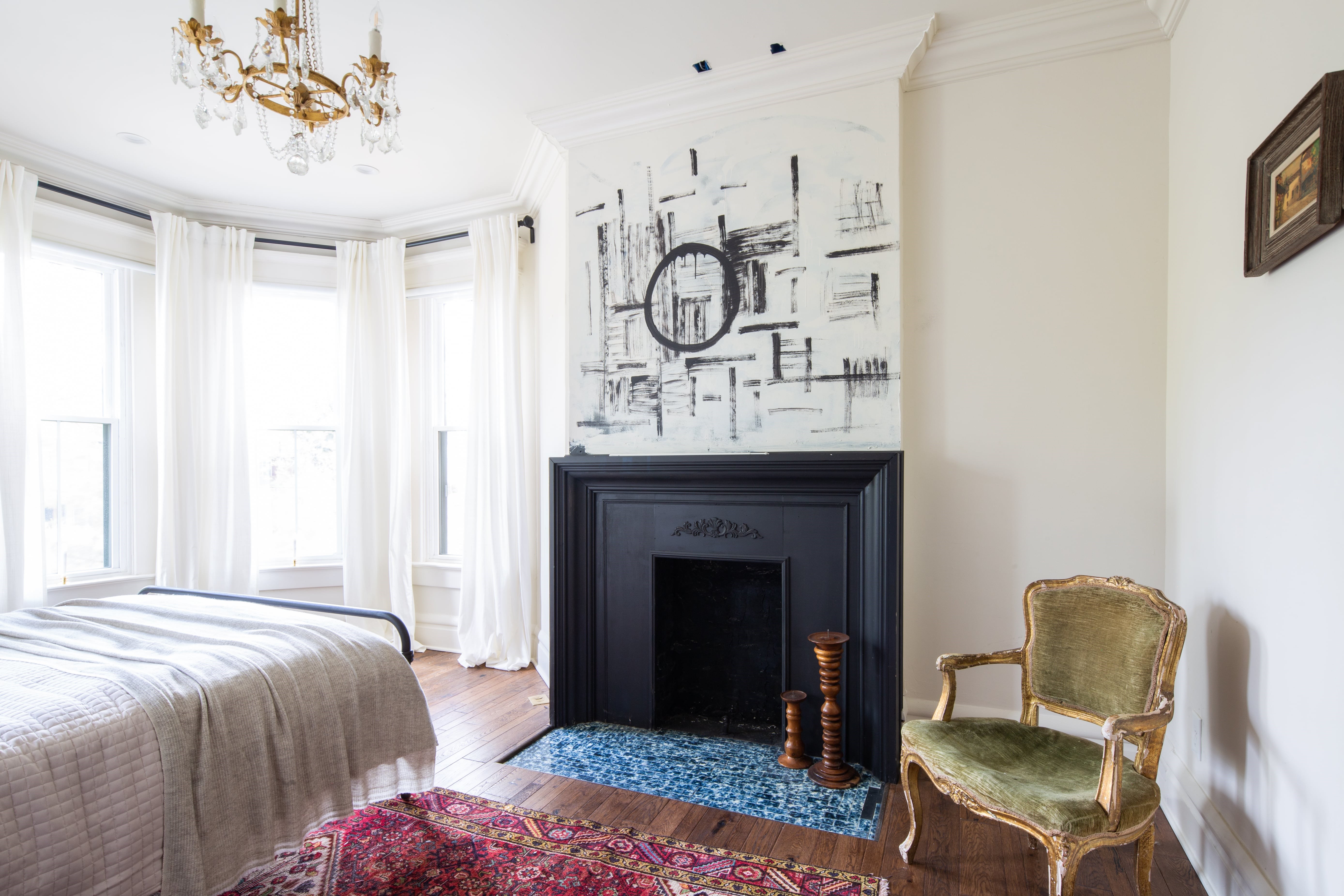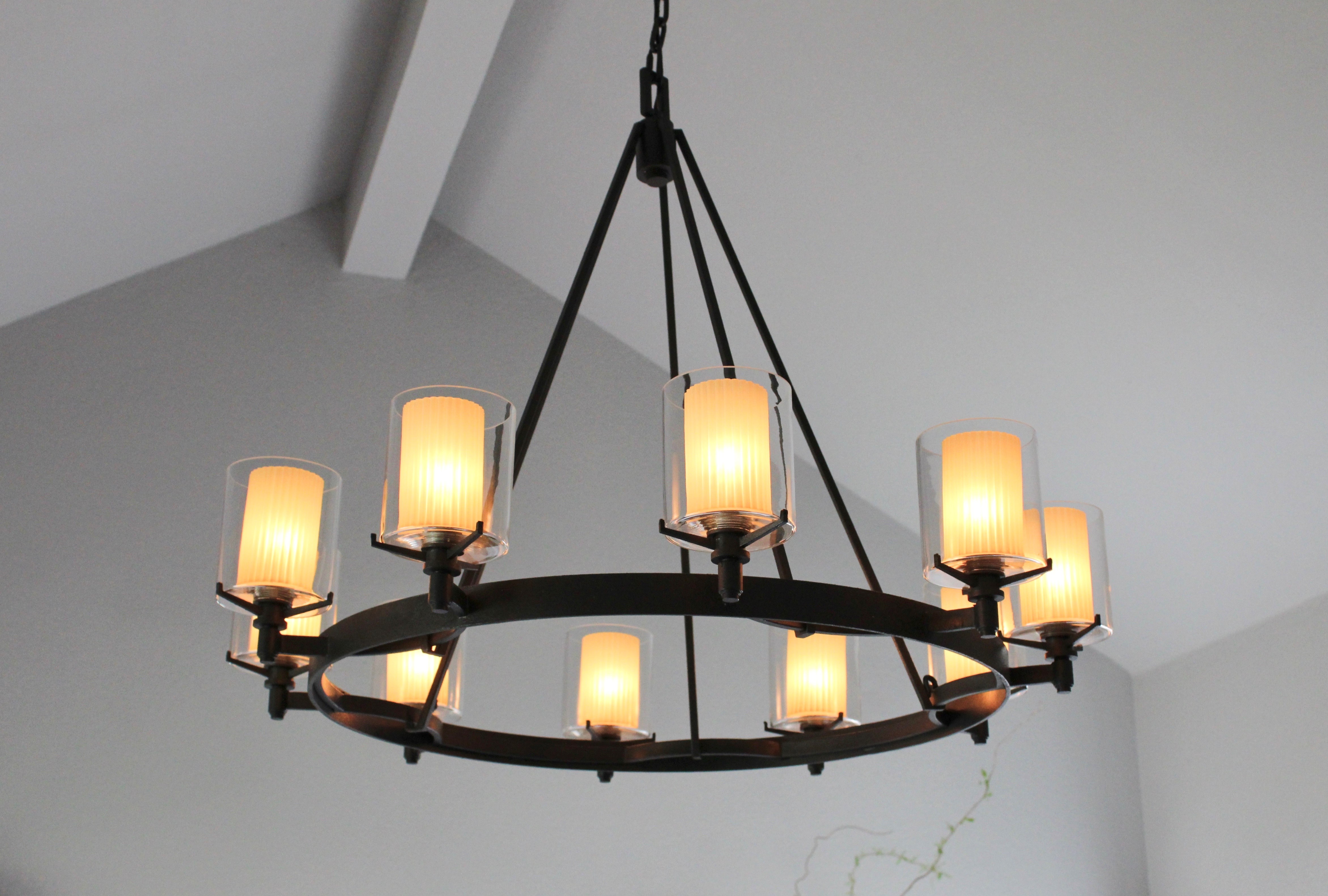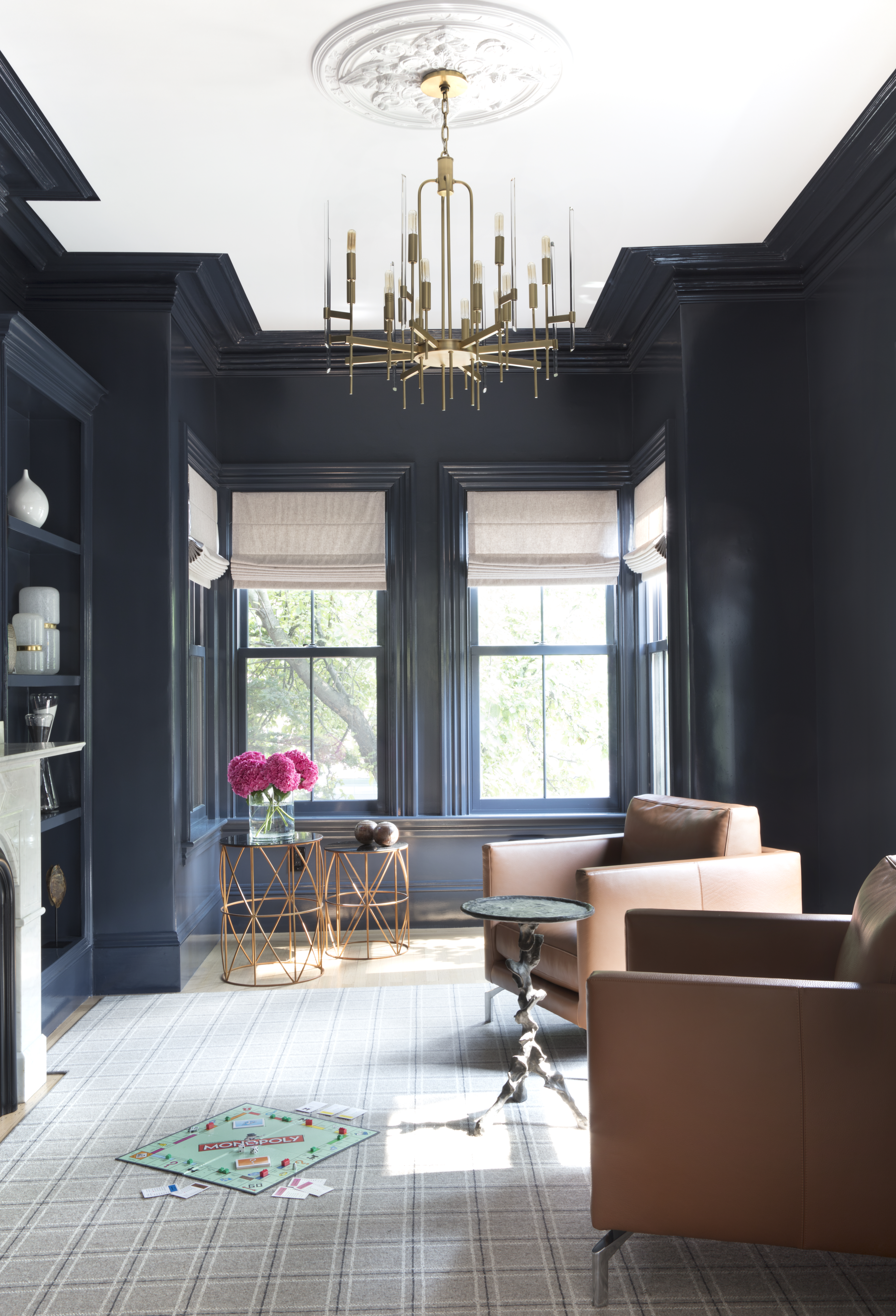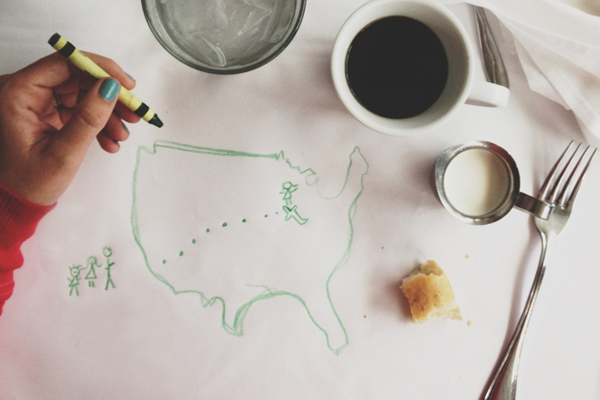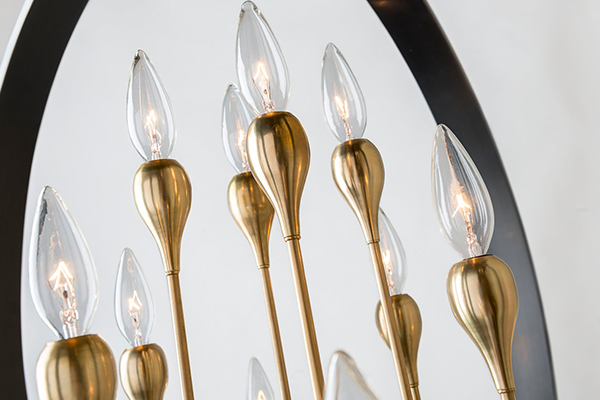“Not much more than a month ago, I was on the other shore of the Pacific, looking westward. This evening, I looked eastward over the Pacific. In those fast-moving days, which have intervened, the whole width of the world has passed behind us, except this broad ocean. I shall be glad when we have the hazards of its navigation behind us.”
These words were put down by Amelia Earhart several days before she set forth for Howland Island and the last couple of stops to complete her historic crossing of the world. These were some of the last words we have from her. On July 2nd, 1937, she vanished, creating a mystery which has held the world in its grip ever since.
Maybe it’s better to have the mystery than to have the answer. This summer, Earhart made the rounds again, as she does every few years, with a newly surfaced photo that may have been of Amelia and her navigator on a dock. It was quite a photo, exuding a palpable air of mystery. Why was this photo taken? Did we have a new clue? Were she and her navigator, Fred Noonan, detained as US spies on the Japanese or kept captive on an island in the Pacific?

The picture that sparked new controversy. Courtesy of Les Kinney / U.S. National Archives
This new development was quickly shut down. A Japanese blogger looked up Jaluit and found the photo in a 1935 coffee table book on travel within a half-hour. It's not conclusively Earhart and Noonan, and it's two years before their disappearance.
Earhart’s brave, defiant face; the rakish, mysterious smile she dispatched at cameras; and the haunting tragedy of her unsolved disappearance may have in part lead to her enduring place in a pantheon of 20th century luminaries. Amelia Earhart is an icon: she represents audacity, pluck, courage, resistance to the status quo, rejection of gender norms. But when people become icons, our mind thinks we know more than we do about them, and we lose sight of the many things that made someone so important that they became an icon in the first place.
.jpg)
Here's a quick refresher for Amelia's accomplishments, as an aviator and as a feminist:
- Earhart both broke and set flying records, both for the burgeoning field of aviation as a whole and women specifically: altitude, speed, first from Point A to Point B. She championed the advancement of women in aviation.
- In a tremendously successful publicity stunt in 1928, she became the first woman to cross the Atlantic Ocean in a plane. Flying aboard The Friendship with pilot Wilmur Stultz and mechanic Louis ‘Slim’ Gordon, she landed in Wales to photography and fanfare. The publicity around this established her celebrity. She quickly turned this experience into her first book, 20 Hrs., 40 Min. Some try to downplay this particular achievement, but three women had died trying to become the first woman to cross the Atlantic by air within the previous year.
- Four years later, in 1932, she became the first woman to fly solo across the Atlantic Ocean.
- She became the first person to fly solo from Hawaii to the U.S. mainland (January 11, 1935).
- She was the first to fly from LA to Mexico City as well as the first to fly from Mexico City to Newark.
- She was the first to fly from the Red Sea to India.
- She became the first president of the organization of licensed pilots, The Ninety-Nines, which still exists today and represents women flyers from 44 countries.
- Aside from navigating through the skies, Earhart navigated through the press to fight for equality in the media. Being constantly referred to as “Mrs. Putnam” — after her husband, publisher George Palmer Putnam — in The New York Times columns, Earhart didn’t miss a beat to request The New York Times correctly state her name when reporting on her achievements.
Partly through her daring and indomitable spirit, partly through the machinations of her shrewd husband and publicist, G.P. Putnam, Amelia became a famous figure. She then used her position of fame to issue statements such as these:
"Women must try to do things as men have tried. When they fail, their failure must be a challenge to others.”
"Now, and then, women should do for themselves what men have already done—occasionally what men have not done—thereby establishing themselves as persons, and perhaps encouraging other women toward greater independence of thought and action. Some such consideration was a contributing reason for my wanting to do what I so much wanted to do.”
A frequent refrain of hers was "the lure of flying is the lure of beauty." Every time she went up into the sky, she risked her life, driven by three motives: beauty, resisting the patriarchy, and sheer want. Even this last, owning her want as an unquestionable and inherently worthy motive for action, was revolutionary.
But Amelia is like a North Star in a constellation of other pioneering women in flight. She may be the one who burns most brighty, but a celestial navigator like Fred Noonan needs all the stars to direct a trustworthy course.

Amelia charting a course with Fred Noonan, her navigator, who disappeared with her in their world-spanning flight.
In the end of her first book, the one quickly released to take advantage of the global interest in her 1928 flight over the Atlantic by recounting it, Amelia devoted much of the second half to opine on the role women should take in the future of aviation, as well as suggest improvements to existing standards in the field. It was the latter half of her second book, The Fun of It, where she acknowledged other "Ladybirds," as pilots who happened to be women were called at the time.
In addition to Amelia's personality, her actual accomplishments, and the lively wit and wisdom of the words she left behind, it seems inarguable that another contributing factor to her lasting legacy is her impeccable style. This short blog piece rightly underlines her status as a style icon, which is well documented across a wealth of photographs.
Style endures. And style was always part of the theater of aviation.
Harriet Quimby knew this. The first US woman to earn an Aero Club of America certificate, she wore a purple aviation uniform so distinctive it lead to licensing to with a grape soda company. Quimby was only in the air for one year, 1911-1912, before it lead to her demise, but in that time she became the first woman to fly across the English Channel.
Another early aviator who understood the impact of style in the theater of it all and an important star in that first-ladies-in-flight constellation (unacknowledged by Earhart) was Bessie Coleman. Bessie was not only the first woman of African descent, as well as the first of Native American descent, to get an international flying license, she was the first black person to do so in the entire world. Since this opportunity was denied her in the United States, she took a course in speaking French, raised funds, and went to France in November of 1920 to learn how to fly. After an intensive seven-month course, learning on the training-specific Nieuport 82 biplane, a variant on the one used by the French in World War 1, she had achieved her dream: On the fifteenth of June in 1921, she made history with the earning of her pilot's license.

To make a living as an aviator, Bessie took to a popular form of entertainment in the 1920s—"barnstorming." Also known as a "flying circus," pilots and stuntsmen used "Jennys"—Curtiss JN4 biplanes the US Government had such an excessive surplus of following the first World War that they sold them off for a fraction of their production cost—to perform elaborate death-defying feats above local farmfields for paying awed audiences. She made her debut to the American public on September 3, 1922 at Curtiss Field on Long Island. It's reported that "when Bessie made her entrance wearing a tailored leather flying suit, complete with Sam Browne belt, white silk shirt, and knee high laced boots, the crowd went crazy."
.jpg) Bessie Coleman and her plane, 1922.
Bessie Coleman and her plane, 1922.
The accomplishments of people like Amelia Earhart, Bessie Coleman, Charles Lindbergh, and Harriet Quimby are very important. Three of the people just mentioned died pushing the ball forward. Flying is today so commonplace as to be seen as a headache, something to be endured to get where we want quickly. But it was a dawning and very dangerous enterprise as of only a hundred years ago—not much in the span of human time and how fervently we desired to fly throughout all those ages.
The early days of aviation captivate us at Troy. It really wasn’t so long ago that for the first time, after thousands of years of human pining, we finally found a way to take to the sky.
Looking back on the state of flying in 1926 from the vantage point of 1939, Antoine de Saint-Exupéry—best remembered today as the author of The Little Prince—said of those early dangerous days of aviation, “In those days the motor was not what it is today. It would drop out, for example, without warning and with a great rattle like the crash of crockery.” Continuing in the same chapter, “The Craft,” in his flying memoir Wind, Sand, and Stars, he describes flying alone in the clouds, transported by the beauty of the experience and having to remind himself that eternity was not above him, in the endless stars, but beneath him, in sure death if he lost his vigilance: “Below the sea of clouds lies eternity.”
It's both this romantic and adventurous feeling the exciting period gives off and the actual look and feel of the materials of the time that capture our imagination at Troy. They've caused us to attempt to infuse something as quotidian as lighting fixtures with the quintessence of the quixotic quest for flight.
Periods of rapid, intense innovation often provide as a kind of pleasant side-effect a surplus of design ideas. New materials, new techniques. Something borrowed, something cool. Below are just a few of our early-aviation-inspired luminaires. As you can see, their names often clue you in.
Hangar 31, Mitchel Field, Dragonfly, Fly Boy, Idlewild
Our Dragonfly family may have been inspired in part by the wings of the 300-million-year-old insect but they also bear an unmistakable similarity to the propellers of planes of the 20s and 30s.
Not all of our fixtures so obviously allude to aviation's infancy. Our Menlo Park, for example, a piece that contributed to the modern industrial trend, uses aircraft cable:
A number of our fixtures lift materials and inspirations from this amazing period of time: the age of aviation. If you don’t believe us, check out our Pinterest board, Aviation-Inspired. You’ll see what we mean.
Note: Troy Lighting is not associated with the estate of Amelia Earhart. Our blog post is intended in the spirit of tribute to an important historical figure from an epoch which has served as an inspiration for us.


